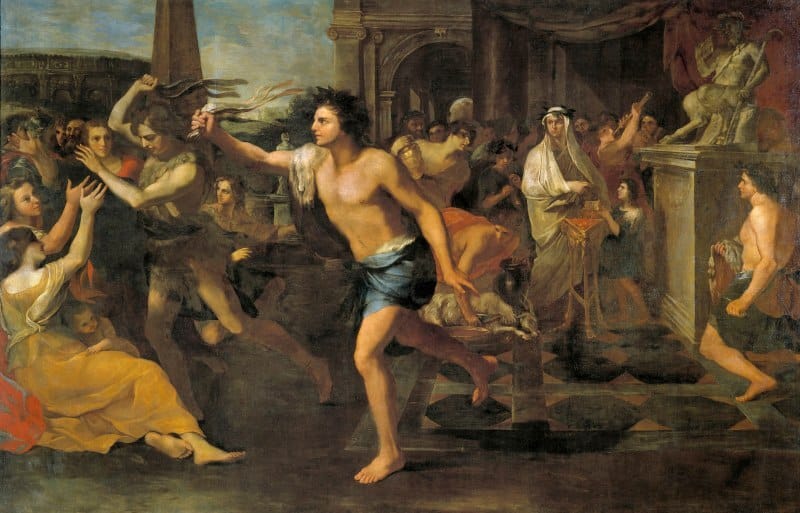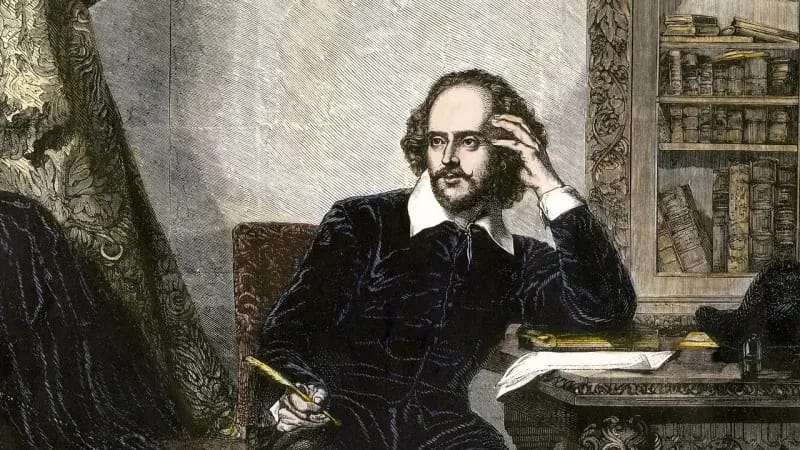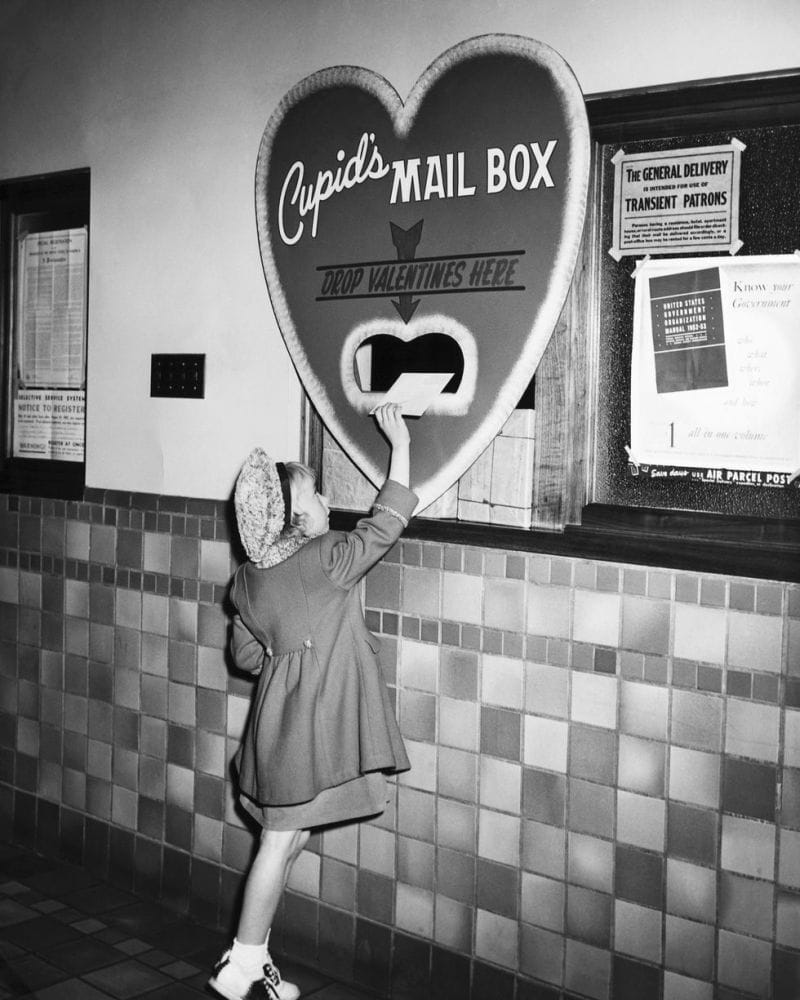
What is Valentine’s Day?
The heart-shaped chocolate boxes, bouquets of flowers, and hand-written cards may seem like a somewhat recent phenomenon, but actually the inception of the holiday goes way, way further back than you might imagine.
However, today, simple chocolate has evolved so much that it can provide extra stimulation apart from satisfying your sweet tooth and being a romantic gift. You can learn more about natural ingredients that can lead to an unforgettable night. So, how does ashwagandha compare to l theanine and how can it make your date even better? Take a look.
Valentine’s Day’s origins can be traced way back to ancient Rome and the feast of Lupercalia, a pagan festival that was celebrated from February 13th to 15th.
Lupercalia was a fertility festival dedicated to Faunus, the Roman god of agriculture, and to the Roman founders Romulus and Remus. During this celebration, priests would perform rituals believed to increase fertility in women and crops, marking the advent of spring.

However, the transition from a pagan festival to a Christian feast day came with the martyrdom of two men, both named Valentine, who were executed by Emperor Claudius II Gothicus on February 14th of different years in the 3rd century A.D.

Drawing depicting the death of St. Valentine — Or one of them. The Romans executed two men by that name on Feb. 14 of different years in the third century.
Tracing the Origin
The Catholic Church later canonized these men, and by the 5th century, Pope Gelasius I replaced Lupercalia with St. Valentine’s Day, setting it on February 14th. However, it wasn’t until the Middle Ages that the day became associated with romantic love, a tradition Geoffrey Chaucer is credited with popularizing in the 14th century through his poetry.
Shakespeare himself wrote about Valentine’s Day in a number of his works, further popularizing this day and its current meaning.

“Good morrow, friends. Saint Valentine is past: Begin these wood-birds but to couple now?” — A Midsummer Night Dream, Act IV, Scene ii.
Establishing Traditions
By the 17th and 18th centuries in England, Valentine’s Day had evolved into an occasion where couples expressed their love for each other by presenting flowers, offering confectionery, and sending greeting cards (known as “valentines”).
The tradition of sending valentines was popularized in the 19th century, thanks in part to advancements in printing technology and the reduction in postage costs, making it easier for people to send valentine cards anonymously.
From there, the tradition has grown into what we know it is today, with flowers, chocolate, romantic meals, and more.

A very vintage valentine from 1909
Modern Love
Valentine’s Day has evolved from ancient fertility rites to a day celebrating romantic and platonic love. It may be far more commercialized than it once was, but we find it fascinating it’s survived for hundreds if not well over a thousand years.

BETTMANN//GETTY IMAGES
The post The Long History of Valentine’s Day appeared first on Moss and Fog.
